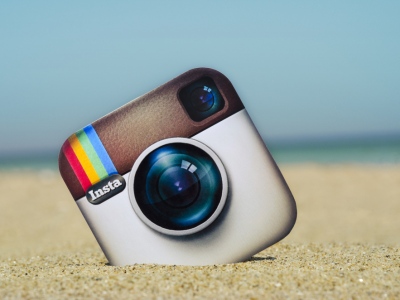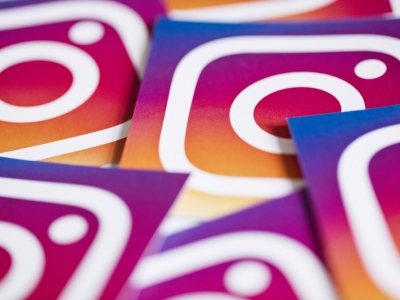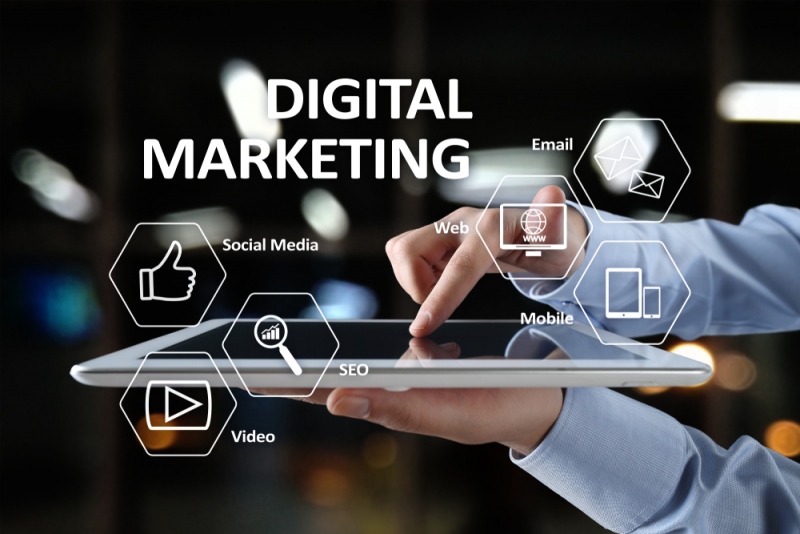
Face it: we’re living in the age of technology. You’re hard-pressed these days to come across a young adult who doesn’t have a Facebook, Twitter or LinkedIn account at the very least, and a large percentage have smartphones so they can be connected to these platforms of interaction whenever they please. It’s a fact we don’t think twice about these days; it’s a normal part of everyday life. But when disaster strikes – and in these past few weeks, we’ve seen it ourselves – it’s really interesting to think about how smartphones, the internet, and, in particular, social media platforms have changed the way we behave and react.
Social Media Hype
Anything worth talking about is most definitely talked about on social media platforms. For example, there were record-breaking numbers of tweets per minute during the election – and when Obama was elected for his second term, he broke the record for the tweet with the most re-tweets (over 660,000). It’s no exaggeration to say you literally couldn’t log on to Twitter that night without seeing something election-related.
The same sort of hype goes down when a tragedy strikes (or is about to). In the days and hours leading up to Hurricane Sandy, a parody Twitter account, pretending to be the superstorm itself, was created, giving the storm a voice and making arguably humorous comments. Additionally, a sub-community on Reddit was created several days prior to the storm reaching shore, where hundreds of users gathered to share resources, information, and jokes about it. The same is true of the Colorado shooting earlier in 2012 – people were tweeting live updates just minutes after the events took place, and talk of the tragedy plagued social networking sites for weeks to come after.
Events have been known to unfold in real time on social media at an amazing rate. Injured victims and witnesses of the Colorado shooting, for example, made tweets like “Of course we’re going to see Batman,” before the movie started and “Shots fired in the theater” after. Then, videos were being uploaded (and shared) to YouTube of the police arriving to the theater and other general aftermath.
The Positive Effects
But social media isn’t just for general conversation about a topic; on the contrary, in fact. In the aftermath of Superstorm Sandy, for example, residents in need tweeted requests for baby supplies and blankets; amazingly, Newark, NJ Mayor Cory Booker was tweeting back. From reading Twitter alone, he was able to have service teams on site for those who were in need of help and even offered space in his own home to help his citizens. He personally brought the baby care supplies to his citizens and an image of him doing so circulated around the site for days afterward.
In addition, social media is a great way to raise awareness for donations. As a matter of fact, these sites are responsible for directing the majority of the traffic nowadays toward donation sites for victims of tragedies. Think about it – with such a large portion of our population connected via the web, what better way to reach out? We can only speculate how social media will evolve to bring people together for amazing causes in the future.
Sara Klemowitz is part of an elite team of writers who have contributed to hundreds of blogs and news sites.










Comments